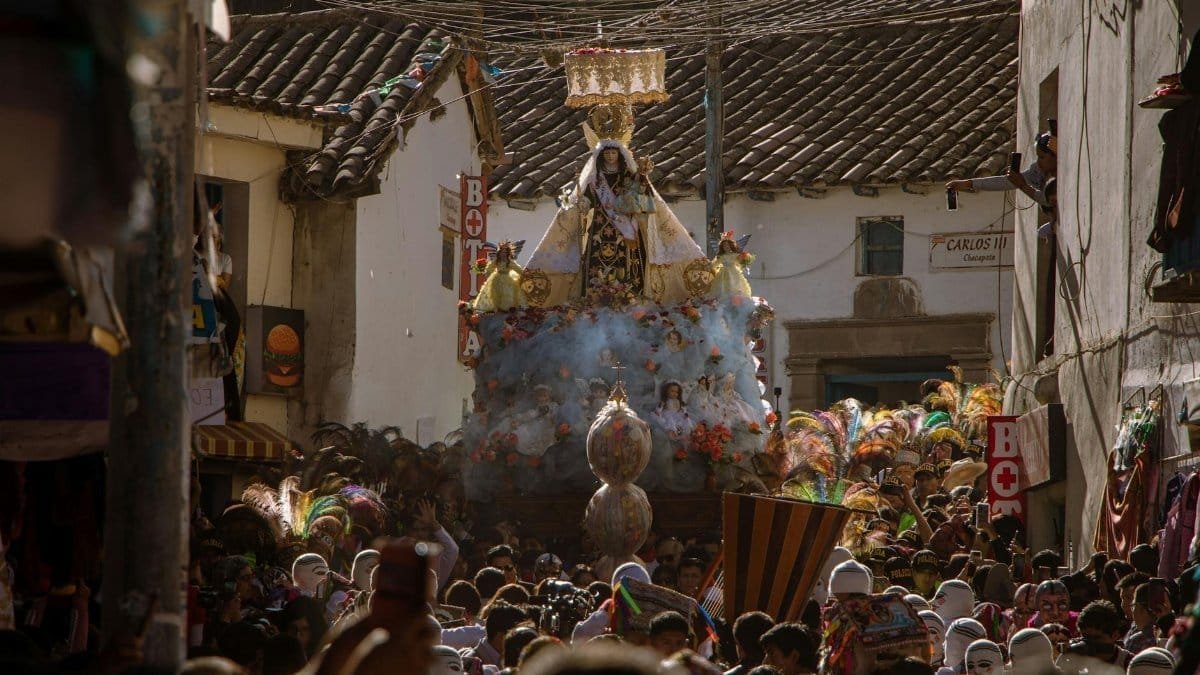Imagine standing shoulder to shoulder with strangers, the air thick with the scent of grilled corn and the distant thrum of a drum circle, as a small-town festival unfolds under a wide summer sky. In that moment, something intangible shifts—a shared sense of belonging, a quiet nod to something bigger than oneself. Across the nation, local festivals have long served as more than just entertainment. They’ve been unspoken anchors of community and spirit, weaving together threads of tradition and connection. Yet, in our rush toward digital lives and fractured schedules, the profound role of local festivals in America’s spirituality often goes unnoticed. These gatherings, from harvest celebrations in the Midwest to cultural fairs in coastal cities, carry a deeper purpose. They remind us of who we are, where we come from, and what binds us. As 2025 dawns, with societal divides seeming wider than ever, could these humble events hold a key to rediscovering a collective soul? This isn’t just nostalgia. It’s a call to revisit a forgotten engine of meaning.
The Roots of Ritual in Small-Town Gatherings
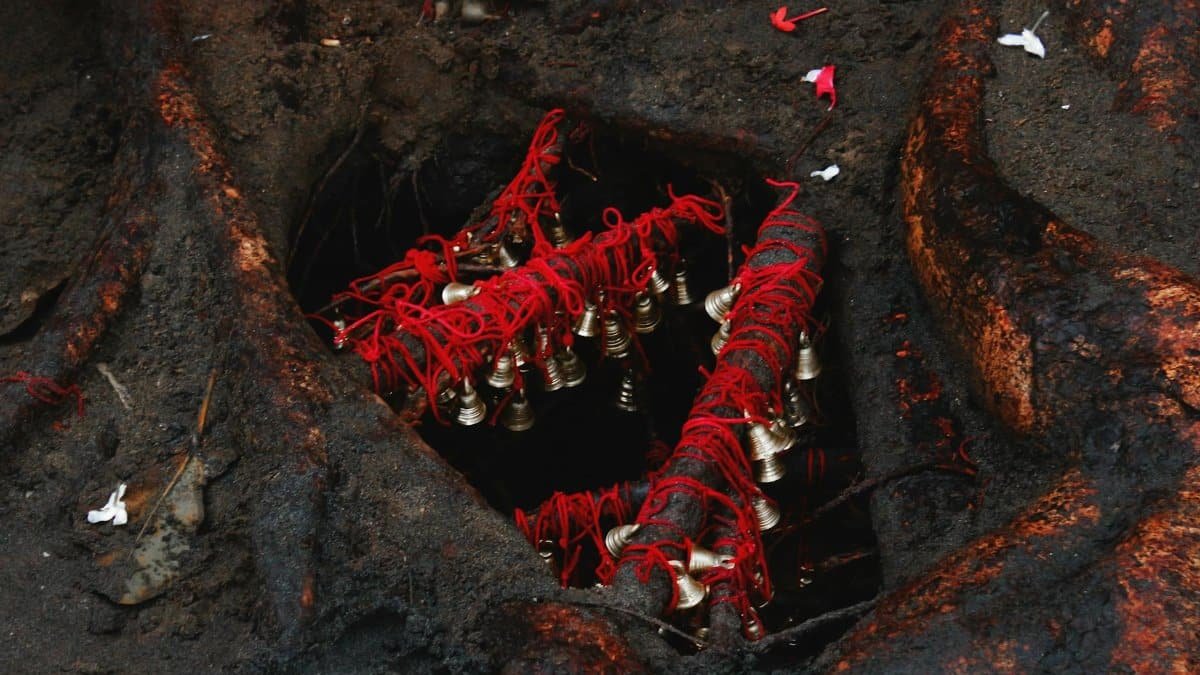
Long before social media or even radio, local festivals were America’s original meeting grounds. Think of the county fairs of the 19th century, where farmers swapped stories over prize livestock, or early immigrant enclaves hosting saints’ day parades through cobblestone streets. These weren’t just parties. They were rituals—moments to mark the seasons, honor shared histories, or give thanks. Historians note that such events often carried spiritual weight, even if not overtly religious, acting as communal touchstones in a world without instant communication. A Library of Congress archive on American folklife highlights how these gatherings preserved cultural and spiritual practices, especially for marginalized groups seeking identity in a new land. For many, a festival was a sacred pause, a chance to step outside daily toil and reconnect with something larger. That essence of local festivals in America’s spirituality still lingers, though it’s often drowned out by commercial overtones today.
Take, for instance, a modern-day harvest festival in rural Iowa. The event might feature hayrides and pie contests, but beneath the surface, attendees speak of feeling “grounded” by the rhythms of the land and the faces they’ve known for decades. It’s not about doctrine. It’s about presence.
A Counterweight to Digital Disconnect
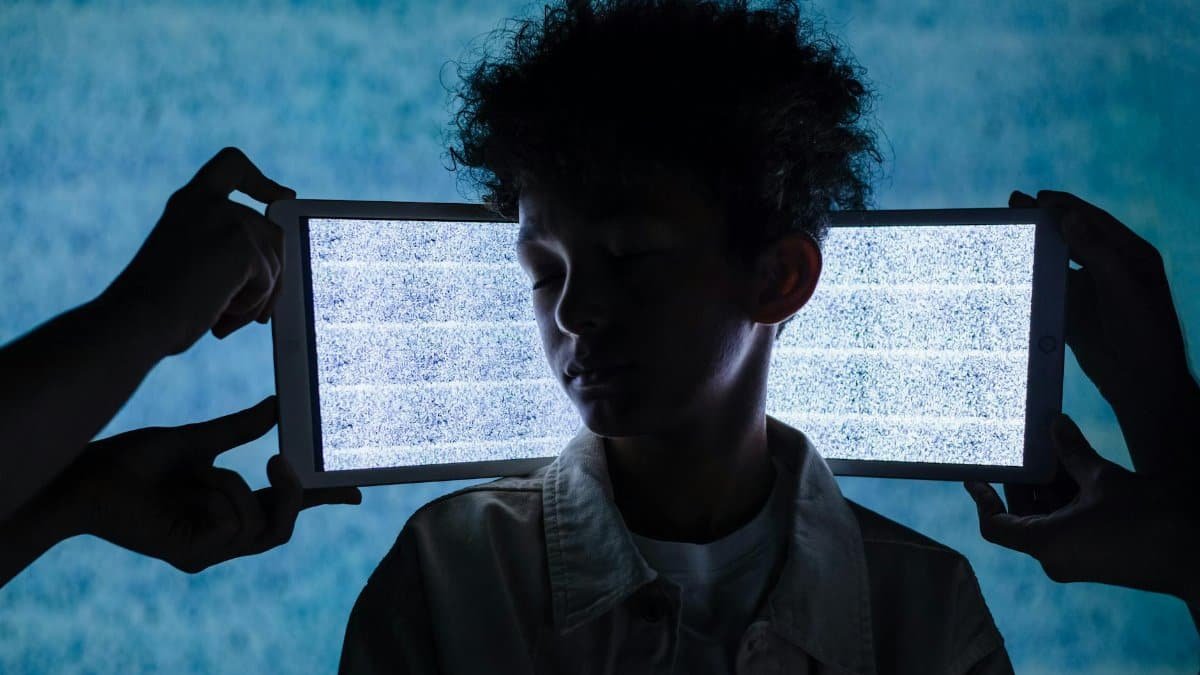
In an era where screens dominate attention, local festivals offer something rare: unmediated human connection. Studies show Americans are lonelier than ever, with a 2023 report from the U.S. Surgeon General declaring loneliness a public health crisis. Festivals, with their messy, tactile chaos, cut through that isolation. They force you to look up, to laugh with a neighbor over a shared slice of watermelon, to feel the weight of a handshake. This isn’t abstract. It’s a lived antidote to the sterile scroll of online life. For many, this physical togetherness taps into a spiritual hunger—a yearning for meaning beyond likes and retweets. Local festivals in America’s spirituality aren’t just nostalgic relics; they’re a quiet rebellion against a world that’s forgotten how to gather.
The evidence isn’t just anecdotal. Research from Pew Research Center shows that post-pandemic, many Americans crave in-person communal experiences, often citing them as vital to their sense of purpose. Festivals fill that void when churches or civic groups don’t.
Bridging Belief Systems Without Dogma
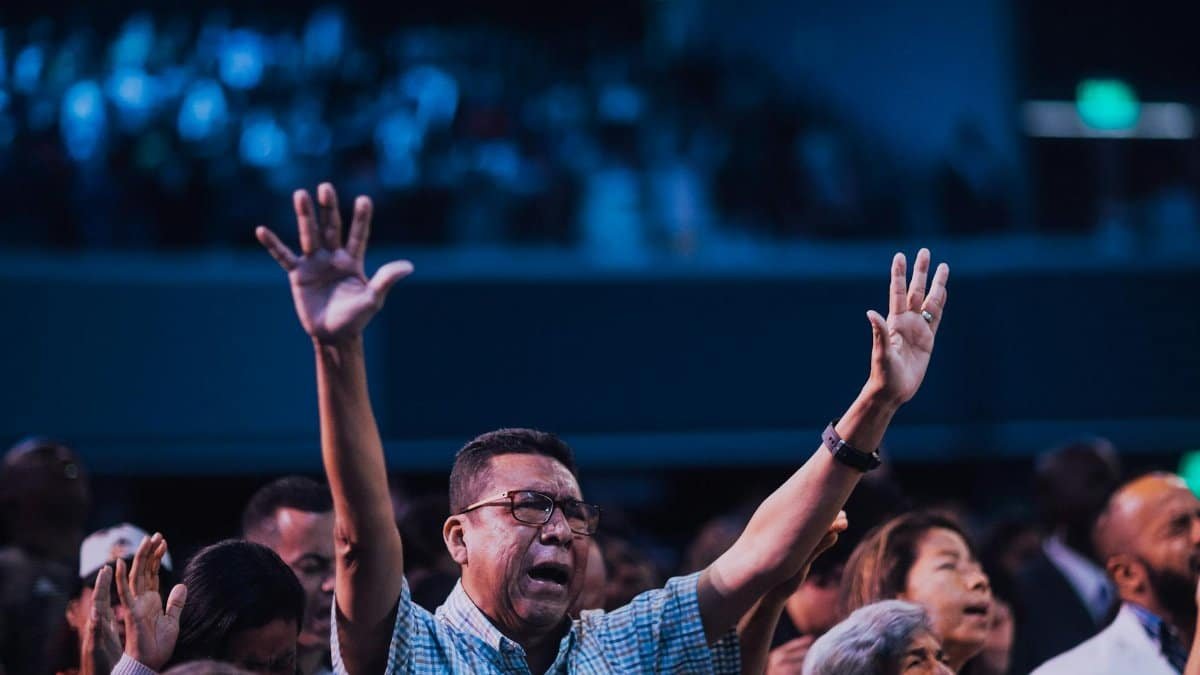
Not everyone finds spiritual solace in a pew or a meditation app. Local festivals often sidestep the rigidity of organized belief, offering a space where diverse worldviews can coexist. Picture a cultural festival in New Orleans, where Catholic Mardi Gras traditions blend with African diaspora rhythms and secular revelry. No one’s checking your faith at the door. Instead, the event becomes a melting pot of expression—dance, food, and story all weaving a tapestry of shared humanity. This inclusivity is a cornerstone of why local festivals in America’s spirituality resonate so deeply. They don’t demand allegiance to a single truth. They invite participation, no questions asked.
This flexibility matters in a nation as pluralistic as ours. A 2022 study by Public Religion Research Institute found that a growing number of Americans identify as spiritually unaffiliated, yet still seek meaningful communal experiences. Festivals, with their lack of dogma, often fill that gap, becoming spaces where spirituality is felt rather than preached.
The Healing Power of Shared Joy
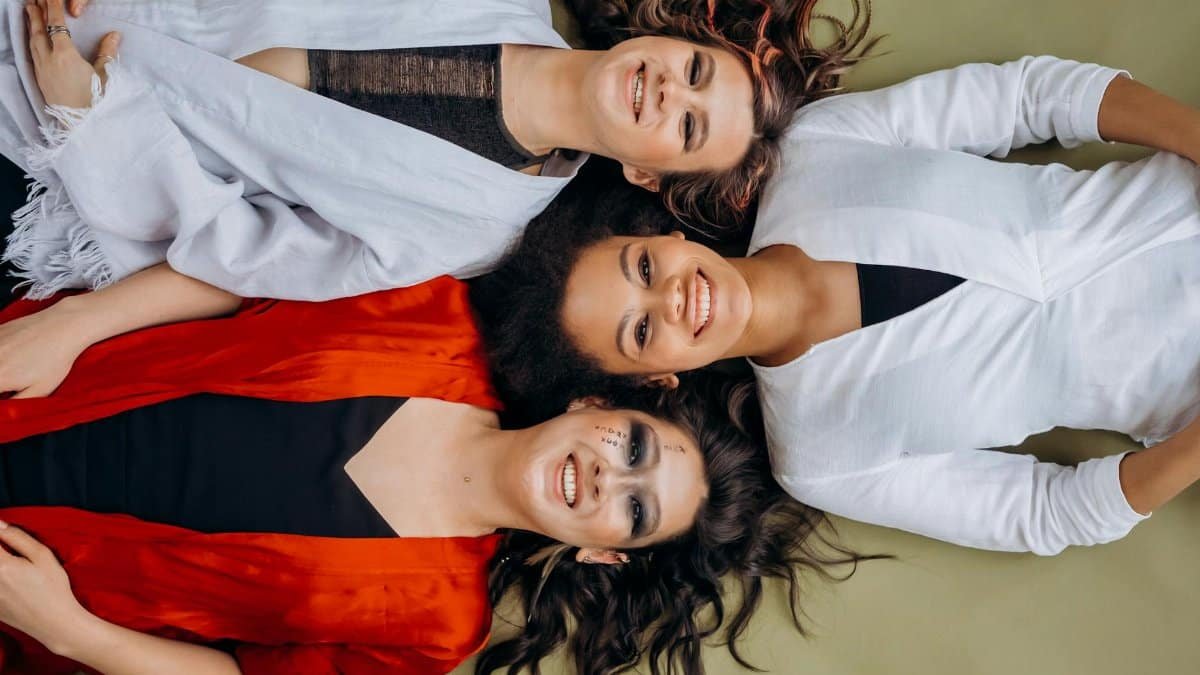
There’s a moment at many local festivals when the noise and bustle fade, and something softer emerges. Maybe it’s a collective cheer at a fireworks display or the hush of a candlelight procession. That shared joy—or shared awe—can be profoundly restorative. Mental health experts have long noted the therapeutic value of community bonding, especially in times of stress. After the upheavals of recent years, from pandemics to political strife, the simple act of celebrating together carries weight. It’s not just fun. It’s a balm. For some, this collective uplift is the heart of local festivals in America’s spirituality—a reminder that we’re not alone in our struggles or our hopes.
One attendee at a small-town music festival in Tennessee described it this way: “When everyone sang along to that old song, it was like we were all carrying each other for a minute.” That fleeting unity, unscripted and raw, often feels more sacred than any sermon.
Challenges in Keeping the Spirit Alive
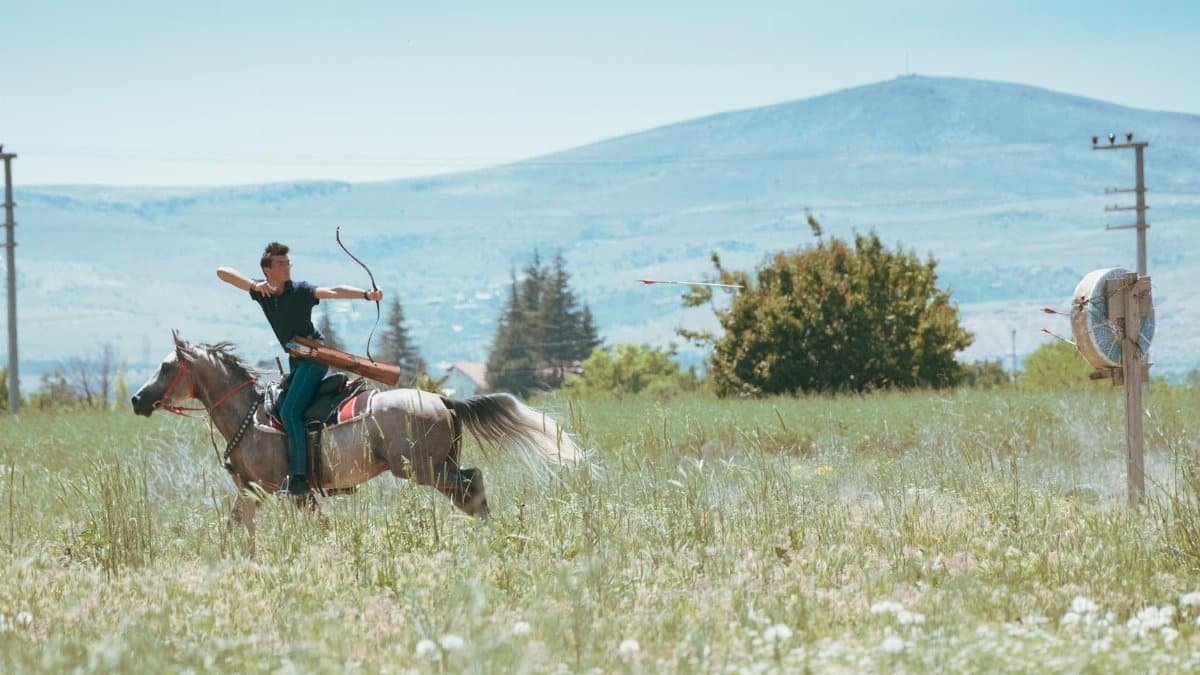
Yet, for all their value, local festivals face real threats. Budget cuts, gentrification, and shifting demographics have shuttered many historic events. In rural areas, young people move away, leaving behind aging populations with less energy to organize. In cities, skyrocketing costs can turn grassroots gatherings into corporate spectacles, stripped of soul. The irony stings: just when we need these communal anchors most, they’re slipping away. Some communities fight back—crowdfunding parades or scaling down to backyard potlucks—but the struggle is uphill. Without effort, the spiritual undercurrent of local festivals in America’s spirituality risks being paved over by apathy or profit.
This tension isn’t new, but it’s urgent in 2025. As urban sprawl and digital distraction grow, the spaces for authentic gathering shrink. Losing these events means losing a piece of our collective spirit.
Reimagining Festivals for a New Era

What if the answer isn’t just preservation, but reinvention? Across the country, some communities are breathing new life into old traditions. In Oregon, a group of artists transformed a fading harvest fair into a multimedia celebration of local folklore, drawing younger crowds while honoring the past. Elsewhere, virtual elements—like livestreamed performances—expand access without losing the in-person core. These innovations suggest that local festivals in America’s spirituality can evolve without losing their essence. They can adapt to modern tastes while still offering that irreplaceable sense of togetherness. It’s not about clinging to yesterday. It’s about ensuring tomorrow has room for communal joy.
The path forward isn’t simple. It takes vision, funding, and a willingness to listen to diverse voices. But the payoff—a renewed sense of shared spirit—might just be worth it.
A Call to Step Into the Circle
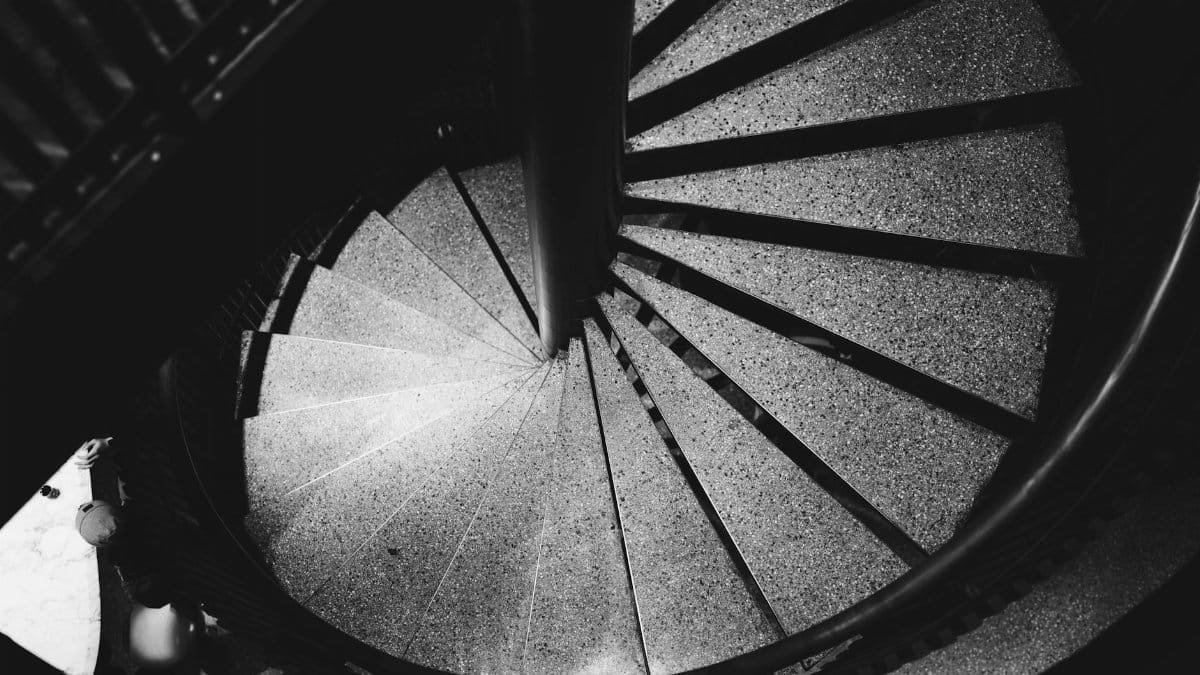
Festivals aren’t a cure-all. They won’t erase societal divides or fix every ache of modern life. But they offer something smaller, yet vital: a chance to stand together, if only for a day. In 2025, with so much pulling us apart, that act of showing up matters. Local festivals in America’s spirituality aren’t just quaint traditions. They’re a quiet invitation to remember what connects us—beyond politics, beyond screens, beyond the daily grind. So, find one. Wander through a street fair in your town. Taste the food. Hear the laughter. Feel the weight of shared history. It’s not about grand revelations. Sometimes, the smallest moments of connection are the most sacred.
Years from now, you might not recall the specifics of that day. But the feeling—of belonging, however briefly—could linger. And in a world that often feels unmoored, that’s no small thing.
